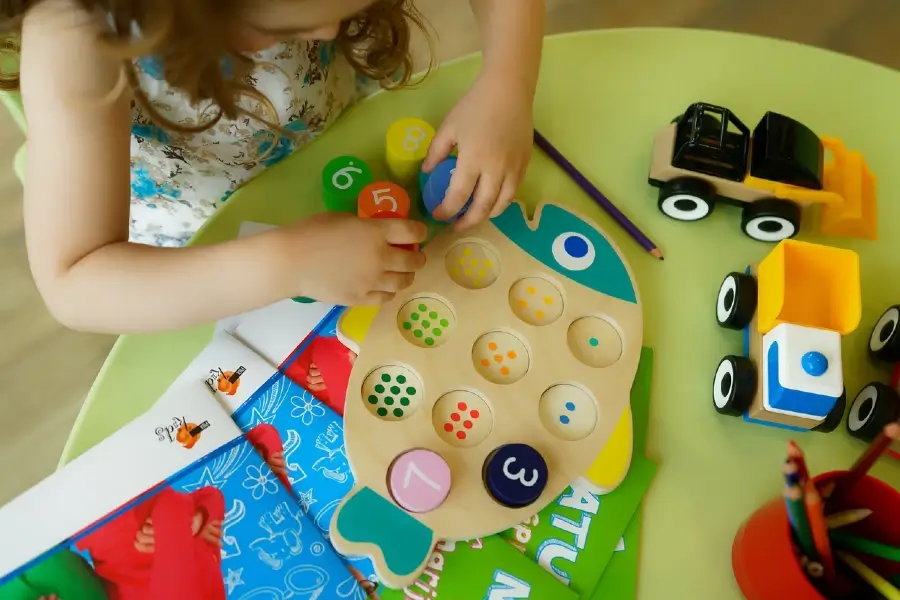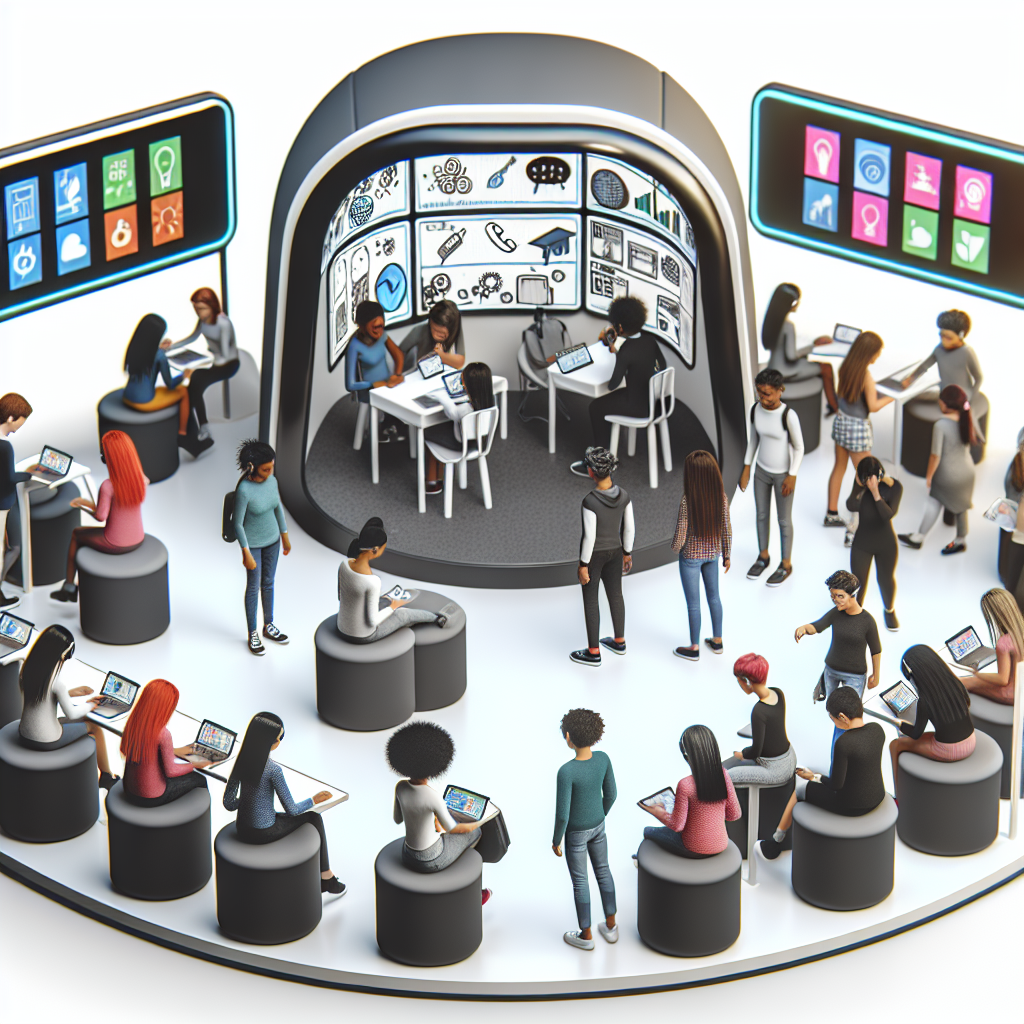Despite the widespread recognition of education as a potent means of fostering equality and societal progress, several barriers hinder children from fully accessing and reaping the benefits of school. In the United States, these barriers emerge during the initial phase, particularly before children begin their education.
Economically disadvantaged children experience a greater degree of poverty compared to their more affluent counterparts during their early stages of growth and development. As a result, children from low-income households start their education at a disadvantage, which can have long-lasting effects on their future possibilities. Moreover, these young individuals are less likely to have access to resources such as books and interactive toys that can foster early literacy skills. This can result in an inequality in their educational achievement relative to other children, which persists from school to adulthood.
The research underscores the transformative potential of education in breaking the cycle of poverty and reducing inequality. However, many financially challenged parents may not have the resources to provide their children with outstanding educational opportunities outside of their homes. Preschool and daycare facilities sometimes impose a monthly expense of several hundred dollars, which poses a significant financial strain on families with limited means.
Equipping young individuals with a solid foundation in literacy and numeracy can significantly augment their likelihood of success. Moreover, acquiring reading skills enables young individuals to absorb and comprehend various subjects. In contrast, foundational mathematical skills such as counting and essential addition and subtraction operations enhance their proficiency in other mathematical concepts and their comprehension of the world around them.
In 2019, just 42% of three—and four-year-olds from homes with earnings below the poverty level were enrolled in public pre-K programs.
While the number of pre-K programs is growing in several states, children from low-income homes continue to face restricted opportunities to participate in them. In 2019, just 42% of three—and four-year-olds from homes with earnings below the poverty level were enrolled in public pre-K programs.
To narrow the gap, specific governments are establishing policies that prioritize excellence. The High/Scope active learning approach involves instructors and children in intentional activities that promote teamwork and communication. The curriculum also incorporates various parent-child activities and outreach initiatives to enhance parental knowledge, engagement, and parenting skills.
Other programs aim to enhance learning by establishing child-centered classrooms that empower children to investigate their interests. These programs are typically run by highly skilled educators who have the expertise to properly engage children and foster the development of their social and emotional skills. Furthermore, they utilize carefully constructed assessments to monitor children’s progress. Empirical evaluations indicate that these activities significantly benefit the welfare of both children and their families.
Both poverty and the quality of children’s home environments significantly affect their readiness for school. A recent study has found that children who possess risk factors linked to unfavorable long-term academic outcomes, such as having a mother with only a high school diploma and residing in a single-parent household, are more than twice as likely to encounter disadvantages when commencing kindergarten in comparison to their peers who lack any of these risk factors.

Dominic E. is a passionate filmmaker navigating the exciting intersection of art and science. By day, he delves into the complexities of the human body as a full-time medical writer, meticulously translating intricate medical concepts into accessible and engaging narratives. By night, he explores the boundless realm of cinematic storytelling, crafting narratives that evoke emotion and challenge perspectives. Film Student and Full-time Medical Writer for ContentVendor.com




